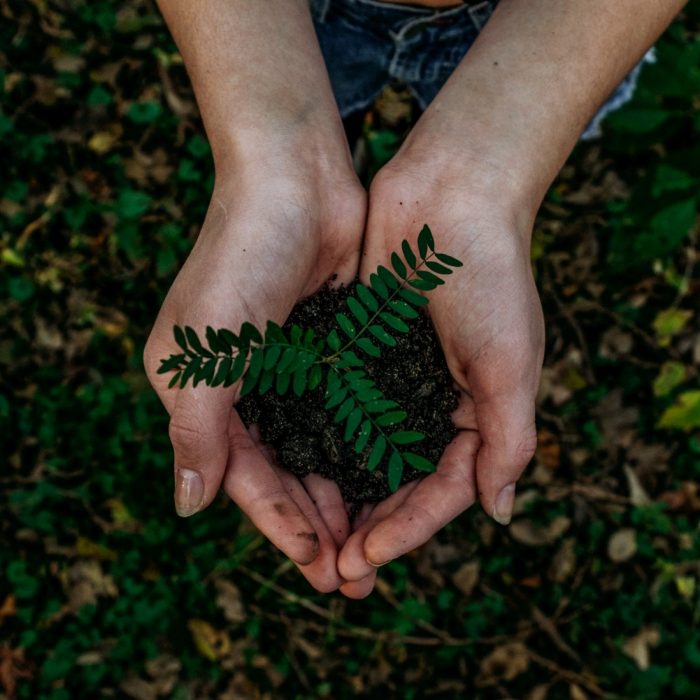FAQ

View the list of frequently asked questions and, if you don’t find your answer...
-
The Centre for Ecosystem Science is located in the upper campus of the Kensington grounds of the University of New South Wales Sydney. Building E26.
-
If your UNSW course requires an honours component in ecology, you are likely to be eligible to take on honours with us. There are requirements for a Masters or PhD research program at UNSW.
For more information, contact the School of Biological, Earth and Environmental Science.
-
Take note of which lectures you liked most, which professors you found particularly interesting or approachable and what study areas most captivated you. Then do some googling! Research your Professors and their work, read about them on the university websites and finally, email them. Arrange a time to meet and discuss what you're interested in and what projects they have available.
-
Think about which field trips or subject areas you engaged with most. What impact would you like your research to have? What kind of work are you willing to do? If you prefer the outdoors, fieldwork might be for you; if not, perhaps try remote sensing. Do you like the heat? If yes, then the deserts of Australia are calling; if not, check out some alpine work. Are you a night owl? If yes, think about working with nocturnal species; if no, find a species most active at dawn. Use your likes and dislikes to guide your choice!
-
Typically honours by research is 1 year course. A PhD is typically between 3 and 4 years.
-
We cover a huge range of environmental work here in the centre. Our graduates have gone on to a wide range of roles that include further research with universities, government agencies or private companies, rehabilitation of sites through consultancies, mining corporations or construction groups, through to the development of apps and websites to guide environmental planning and decision making. These are just a few of the many options that our graduates have gained the skills to work in.
-
The Centre for Ecosystem Science covers a huge range of disciplines and interests - we have something for everyone. This also means our staff and students are diverse in their interests and hobbies, making for great lunch time chat! We're a friendly, open plan office, meaning support is readily available. Many of our staff and students have a great balance between office and fieldwork, and manage to maintain a great work/life balance.
